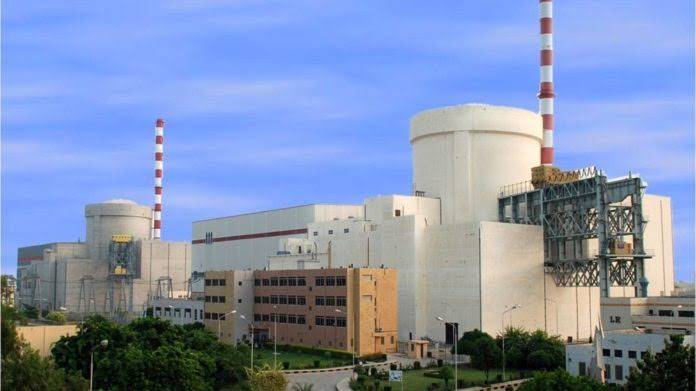China and Pakistan have conducted an advanced nuclear technology test at the Karachi Nuclear Power Plant (KANUPP).
China National Nuclear Corporation (CNNC) has conducted Hot Functional Tests (HFTs) in the 1100 MW K2 unit in Karachi. KANUPP’s K2 is based on Hualong One technology, China’s original pressure reactor nuclear reactor design, which will be the common nuclear technology for years to come.
You may also like: DG cement all set to produce electricity with coal and waste heat
According to CNNC’s official statement, the successful HFTs will enable CNNC to initiate the following key processes on K2, including nuclear fuel reading and electricity generation from the grid.
HFT plays an important role in the design of the nuclear power project, simulating the actual operating conditions of the nuclear power plant to check the reliability of the main equipment and systems under the thermal conditions before filling the nuclear reactor with nuclear fuel.
It is also a comprehensive overview of the quality of equipment for the reactor cooling system, pipe packing and welding, and the design, manufacture and installation of relevant systems.
CNNC to Build Two 1100MW Hualong One Reactors at KANUPP; K2 and K3. Construction of reactors K2 and K3 started in 2015 and 2016 respectively. CNNC installed the internal parts in the Hualong One reactors on K2 and K3 in January 2019 and April 2020 respectively. K2 will be operational next year, K3 a year later.
Both K2 and K3 units have a lifespan of 60 years and account for 10% of Pakistan’s total production capacity.
In addition to Karachi, CNNC is also building two Hualong One reactors in China at Fuqing Fujian Nuclear Power Plant and at Fangchenggang Nuclear Power Plant in Guangxi. At the Zhangzhou Nuclear Power Plant in Fujian and the Taipingling Nuclear Power Plant in Guangdong, 1 Hualong reactor will be built each.
In addition, China General Nuclear (CGN) is building 4 Hualong One reactors in China. The country is striving for a stronger presence in the nuclear energy sector worldwide. She hopes to build Hualong One reactors in South America and England in the coming years.


